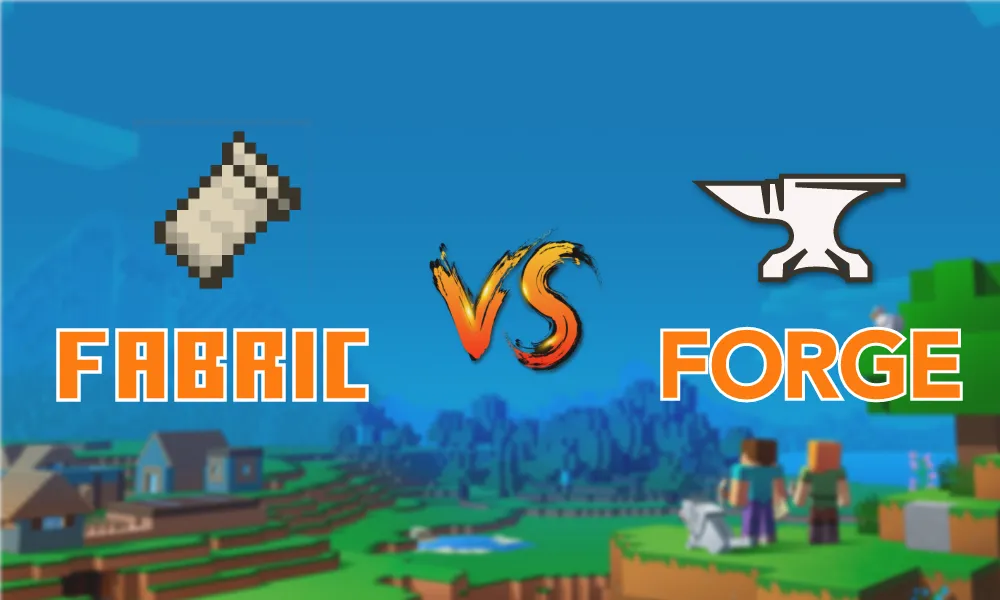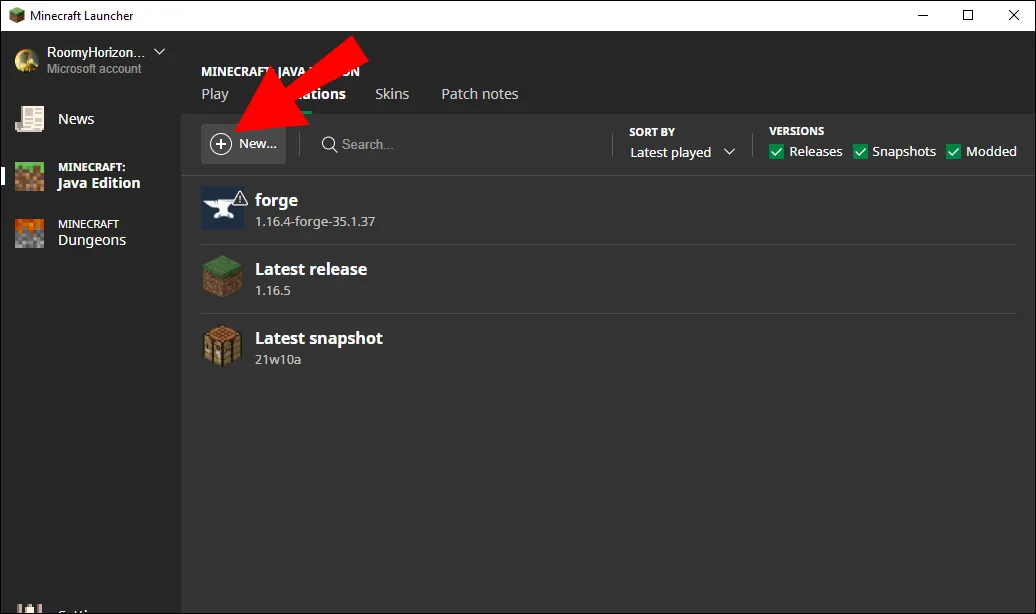Minecraft Fabric vs Forge
Forge and Fabric are both popular mod loaders for Minecraft, but they have some key differences.

Minecraft Fabric vs Forge – which is best?
Forge is an older and more established mod loader that has been around since the early days of Minecraft modding. It is known for its large and active community, and its ability to support a wide variety of mods. Forge has its own API (Application Programming Interface) which makes it easy for modders to create and add new mods to the game.
Fabric, on the other hand, is a newer mod loader that was created as a more lightweight alternative to Forge. It is designed to be more flexible and customizable, allowing modders to create mods that work more seamlessly with each other. Fabric also has a smaller footprint than Forge, which means that it can run more efficiently on lower-end systems.
What is Fabric?

Fabric is a mod loader and API (Application Programming Interface) for Minecraft. It is a lightweight and customizable alternative to the more established Forge mod loader.
Fabric was created by a group of modders who wanted a modding platform that was more flexible and easier to work with than Forge. Fabric's API is designed to be more modular and streamlined than Forge's, which allows modders to create mods that work more seamlessly with each other.
One of the benefits of using Fabric is that it has a smaller footprint than Forge, which means that it can run more efficiently on lower-end systems. Fabric also has a number of features that make it easier for modders to develop and debug their mods, including support for live code reloading and error reporting.
Overall, Fabric is a popular choice for Minecraft modders who want a more lightweight and customizable modding platform. It is especially well-suited for smaller modpacks and servers, or for modders who want to create mods that work together more seamlessly.
What is Forge?

It is one of the most popular and well-established modding platforms for Minecraft, and has been around since the early days of Minecraft modding.
Forge provides a framework that makes it easier for modders to create and add new content to Minecraft. It includes a number of APIs and tools that allow modders to modify various aspects of the game, including the game mechanics, graphics, user interface, and more. With Forge, modders can create a wide variety of mods, ranging from simple gameplay tweaks to complex overhauls of the game.
One of the benefits of using Forge is its large and active community. There are thousands of mods available for Forge, and it is relatively easy for modders to create and publish their own mods. Forge also provides a number of features that make it easier for modders to develop and debug their mods, including an in-game console, a crash report system, and more.
Forge is a powerful and versatile modding platform for Minecraft, and is a popular choice for modders who want to create more complex mods and modpacks. However, it can be more resource-intensive than other mod loaders, and may not be as well-suited for smaller modpacks or lower-end systems.
Minecraft Fabric vs Forge
The Minecraft Fabric vs Forge debate has been going on for a while now. Minecraft Forge and Fabric cannot be played together. While you can use both Mod Loaders separately, you can’t play Forge mods using Fabric and vice versa. However, while they shouldn’t be stacked against each other, it can be hard to choose between them.
Ultimately, the choice between Forge and Fabric depends on personal preference and the specific needs of the modpack or server. If you are looking for a more established and robust modding platform with a large community, Forge may be the better choice. However, if you want a more lightweight and customizable mod loader, or if you are working with a lower-end system, Fabric may be the better choice.